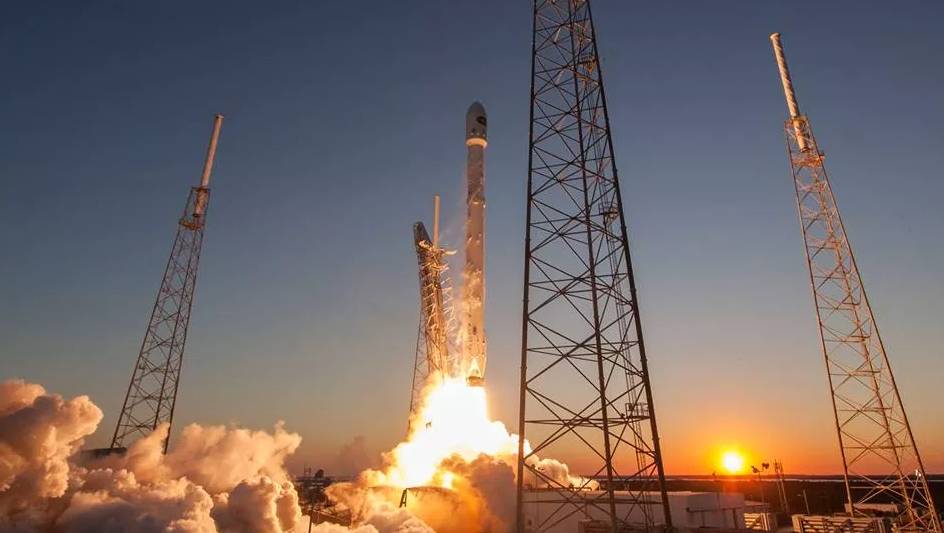After seven years hurtling through space, a 4 tonne SpaceX Falcon 9 booster is going to crash into the moon.
It will be the first unintentional case of space junk hitting the moon and way sooner than Elon Musk intended to reach the Moon’s surface (SpaceX is providing the landing system for the first crewed touchdown of NASA’s Artemis lunar exploration program).
The Falcon 9 rocket was launched in February 2015 to put the Deep Space Climate Observatory (designed to observe the Earth and provide advance warning of geomagnetic storms) into space.
It was put at the Earth-sun Lagrange Point 1 (L1), a gravitationally stable spot about 1.5 million kilometres from Earth in the sunward direction.
Once the booster had done its job, it was jettisoned but it couldn’t escape the effects of the Moon, Earth and Sun. So it was left to randomly orbit.
That’s until January this year, when it was caught by the Moon and is now looping around it. Because the Moon is tugging on it, the trajectory is steadily decreasing.
Estimates suggest it will crash into the far side of the Moon (not the dark side of the Moon, sorry Pink Floyd fans) at 1225 GMT on 4 March.
Should we be worried and dig out out the crash helmets? No.
It’s far, far away and it won’t affect us on Earth or even the other missions present on the surface of the Moon. We are likely to not even be able to see it.
It might, however, provide valuable data about the Moon if moon-orbiting spacecraft such as NASA’s Lunar Reconnaissance Orbiter and India’s Chandrayaan 2 could study the crash or the resulting crater.
Original article: Out-of-control SpaceX rocket on collision course with moon and A SpaceX Falcon 9 rocket stage will slam into the moon on March 4.
I talked about this with Danny Hoyland on West Bremer Radio on 29 January 2022. Listen each week: Saturday 7.40 am, West Bremer Radio.

